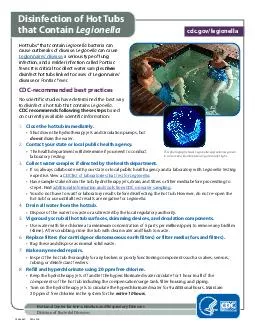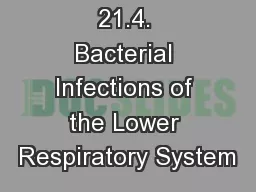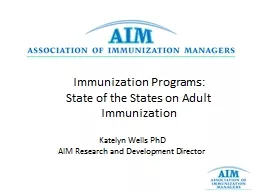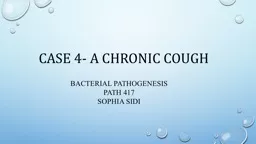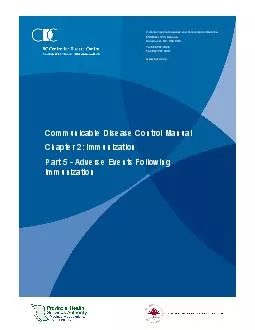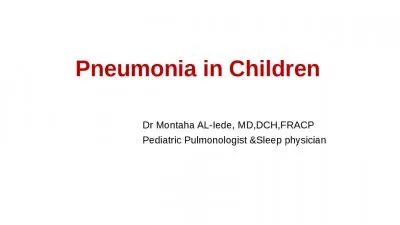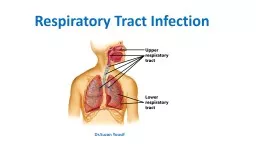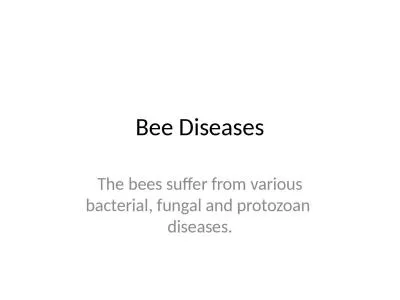PDF-National Center for Immunization and Respiratory Diseases Division of Bacterial
Author : stefany-barnette | Published Date : 2014-10-06
colonies grown in culture and illuminated using ultraviolet light Hot tubs that are not properly operated and maintained can provide an ideal environment for spreading
Presentation Embed Code
Download Presentation
Download Presentation The PPT/PDF document "National Center for Immunization and Res..." is the property of its rightful owner. Permission is granted to download and print the materials on this website for personal, non-commercial use only, and to display it on your personal computer provided you do not modify the materials and that you retain all copyright notices contained in the materials. By downloading content from our website, you accept the terms of this agreement.
National Center for Immunization and Respiratory Diseases Division of Bacterial : Transcript
Download Rules Of Document
"National Center for Immunization and Respiratory Diseases Division of Bacterial "The content belongs to its owner. You may download and print it for personal use, without modification, and keep all copyright notices. By downloading, you agree to these terms.
Related Documents

